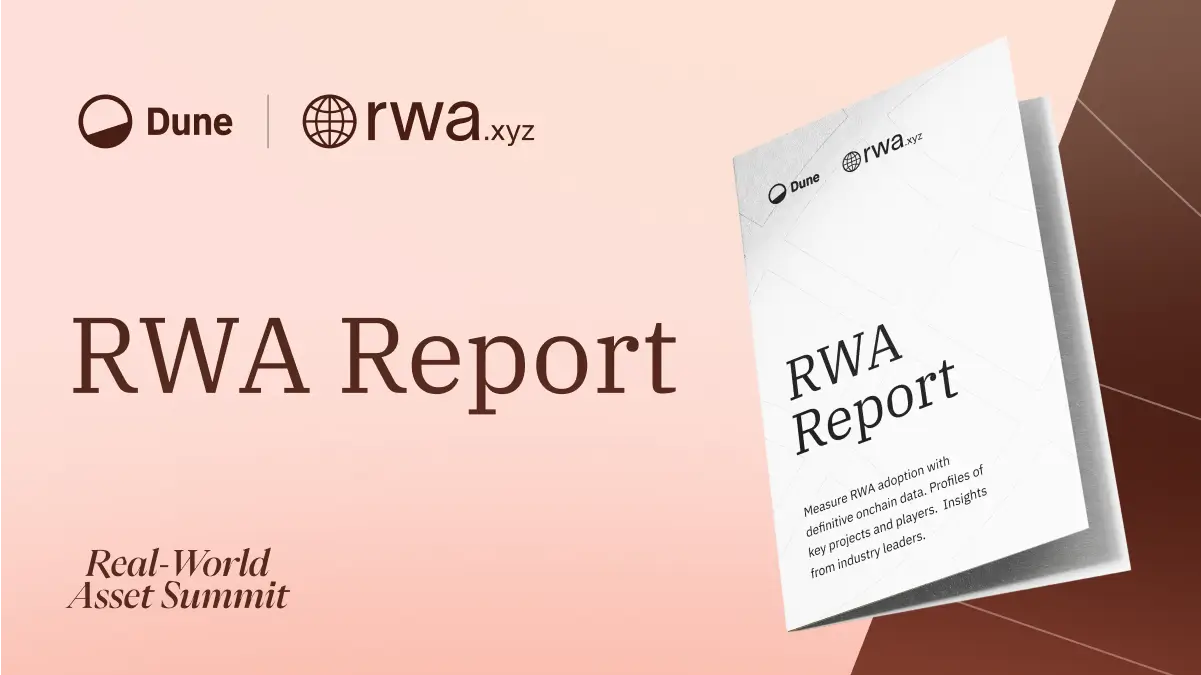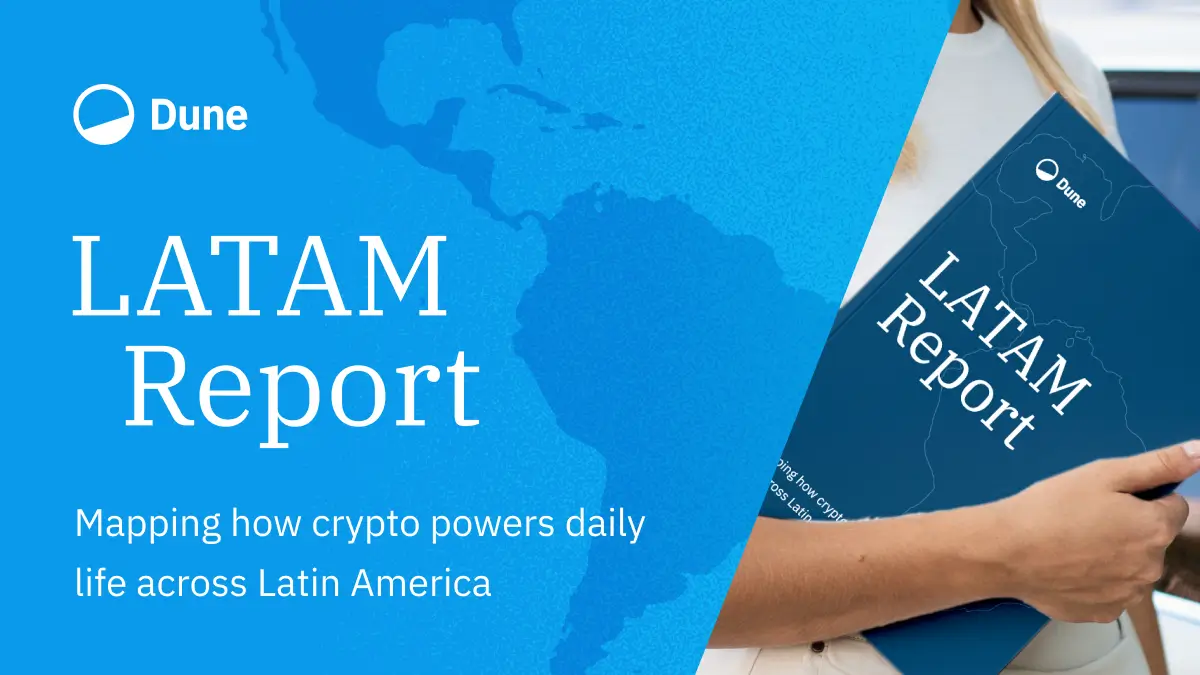How blockchain analytics empowers traditional investors
21 Shares, ARK Invest, and Dune are bridging the gap from traditional (TradFi) to decentralized finance (DeFi).
Exclusive content

Download Content


Blockchain networks like Bitcoin, Ethereum, and Solana represent the next logical evolution of money and the Internet. Yet, despite representing a paradigm shift in the way we transfer value, many investors grapple with ways to analyze cryptoassets fundamentally. The transparency of the blockchain offers unimaginable possibilities for systematically evaluating the fundamental and momentum metrics of cryptoassets 24/7, 365 days a year. Instead of having to wait for quarterly earning reports with financial statements, anyone can monitor Bitcoin’s “financials” and network activity in real time through on-chain analysis.
However, it’s unfeasible for the average investor to analyze blockchain data in its raw form through a block explorer like Etherscan. Data analytics tools like Dune have solved this pain point, enabling teams like 21Shares to query open blockchain data and transform it into interactive dashboards that any investor can leverage. Figure 1 represents the On-Chain Matrix (OM) for active and passive investors. The vertical axis refers to the investment style, either active or passive. The horizontal axis describes the time horizon, either short- or long-term oriented. For instance, long-term-oriented, passive investors (quadrant A) will be mostly unbothered by momentum metrics like buyer and seller behavior since they are firm believers in the asset’s fundamentals and future growth prospects. However, the opposite may be true for an active, short-term investor (quadrant B).

Now that we’ve outlined a framework that enables investors to leverage on-chain metrics based on their investment style and time horizon, we’ll explore some examples for Bitcoin (BTC).
The Halving: Bitcoin’s block reward over time
The Bitcoin protocol has ensured monetary integrity by allowing analysts and investors to track BTC’s total circulating supply and daily issuance, as shown in Figure 2. From Bitcoin’s inception, monetary policy has been pre-determined and encoded in its protocol, making it predictable and verifiable. The rate at which new Bitcoin is created decreases by half for every 210,000 blocks mined — roughly every four years. Our estimation, based on the 90-day moving average block time, is that the fourth Bitcoin halving will occur around April 15, 2024, cutting the block reward from 6.25 to 3.125 BTC.

Miners’ revenue breakdown
Bitcoin’s security is guaranteed by miners, who ensure transactions are valid and irreversible. As such, it’s important that these entities are profitable over the long term to remain incentivized to secure the network. With block rewards cut in half every four years, how will Bitcoin miners compensate for that revenue loss? In 2023, miners earned ~$793M from transaction fees, almost 6x more than in 2022 (~$142M). With fees approaching ~$154M YTD as of February 6, we could expect miners to earn ~$1.6B from fees alone in 2024. The rise in fees is due to innovations like Ordinals and BRC-20 tokens, which have driven more demand for Bitcoin block space and expanded use cases on the network, with the unintended consequence of also easing some concerns over the long-term security of the network.

Buyer and seller behavior: US Government Bitcoin holdings
The price of a cryptoasset is a function of supply and demand. Based on on-chain data, investors can assess the variability of short-term supply and demand dynamics and its likely impact on price by analyzing the behavior of buyers and sellers at any point in time. For instance, the U.S. Government has seized at least 215k BTC since 2020 from Silk Road, the Bitfinex Hack, and James Zhong, making it one of the largest BTC whales, holding about 1% of the circulating supply. On March 9, 2023, 49k BTC associated with US government law enforcement seizures were on the move, with ~9.86k sent to a Coinbase address. The transparency of the blockchain enables investors to track these types of market movements in real-time.

Empowering insitutional investors
Dune and 21Shares are bridging the gap from traditional (TradFi) to decentralized finance (DeFi). This collaboration is founded on a shared vision of providing greater transparency and education in the cryptocurrency space for the investor community. By leveraging Dune's cutting-edge blockchain data analytics tools alongside 21Shares' crypto-native expertise, we aim to empower investors with real-time insights and comprehensive on-chain analysis.
If you didn't catch it earlier, make sure to tune in to the insightful discussion that took place on Twitter Space featuring Dune, 21 Shares, and ARK Invest. They delved into the fascinating realm of how traditional finance (TradFi) investors are leveraging crypto data to execute significant strategies and seize opportunities.
Together, our goal is to set a new standard for transparency and education in cryptocurrency, ensuring investors have the tools and knowledge they need to navigate the ever-evolving landscape of digital assets.
The revolution will not be reported quarterly!
Ready to bring your Blockchain to Dune?
Power your App with Dune data
Steam Dune data in your analytics environment

Want to join Dune?


Dune Datashare
Ready to get started?
Individuals + Small Teams

Enterprise






